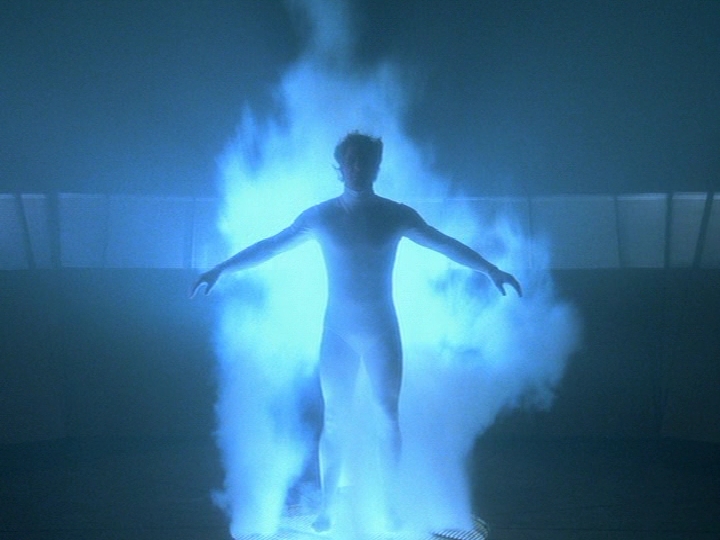News
Quantum Computing takes a leap forward
- Details
- By Sean Kalinich
- Hits: 2291
 Back in the 1940s there was a technological breakthrough that allowed for the computers that we know today to be born. This was the mating of a computing processor with a memory component to store data on. This simple discovery helped to bring about the PC era. Now 71 years later the world of quantum computing has had the same breakthrough as a group of University or California scientist managed to combine a quantum processor and memory. For those of you that are not familiar with quantum computing; here is a very simplified explanation. A normal computer has transistors that function in two states on or off these represent 1 and 0 in binary code. The speed of the computer is represented (in very basic terms) by how fast these transistors can switch on and off (and past that information along). In quantum computing each qubit can be both on and off having the data bits of both 1 and 0 present at the same time. This means that you can actually process significantly more information in the same time (and with the same number of computational components).
Back in the 1940s there was a technological breakthrough that allowed for the computers that we know today to be born. This was the mating of a computing processor with a memory component to store data on. This simple discovery helped to bring about the PC era. Now 71 years later the world of quantum computing has had the same breakthrough as a group of University or California scientist managed to combine a quantum processor and memory. For those of you that are not familiar with quantum computing; here is a very simplified explanation. A normal computer has transistors that function in two states on or off these represent 1 and 0 in binary code. The speed of the computer is represented (in very basic terms) by how fast these transistors can switch on and off (and past that information along). In quantum computing each qubit can be both on and off having the data bits of both 1 and 0 present at the same time. This means that you can actually process significantly more information in the same time (and with the same number of computational components).
Now, before you get all excited about dropping this into your next home computer we should tell you that these types of computers are a little pricey. Right now the least expensive one goes for something like $10 million. The reason for this is that a quantum computer is not easy to make. To get true quantum computing you can do a few things (none of which are easy). You can suspend IONs or other Atoms in a magnetic field. You can also use conventional computer circuits made using the less fancy lithographic methods. These have to be cooled to almost absolute zero though (-273.15c sorry phase change guys). This requires quite a bit of extra power (not to mention space). Once you reduce the temps down to that level then components exhibit new behaviors (called quantum effect) like superconducting. This is what allows the switch to be both on and off at the same time. Or to put it in more technical terms; at Absolute Zero a system’s kinetic energy reaches zero and all thermal energy vanishes. This allows the system to reach a zero-point energy state (or the energy of its ground state). It is the thermal energy which causes a lot of the leakage of the traditional circuit in a CPU and prevents it from operating at this superconductivity state. This temperature threshold where the system is too hot to operate efficiently is called entropy. Super cooling reduces the entropy level and allows for faster processing (more current and higher speeds).
Now quantum computing is nothing new, researchers have been doing this for at least the last 10 years. The cool thing about today is that this is the first time that anyone has built a quantum computer that works using the same architectural principal as a modern day computer with the memory linked to the processor. Who know, with the introduction of graphine, nanotubes and more advanced methods of cooling and transmission of power through a circuit we may see advances that start pushing the levels of quantum computing in the next 5-10 years. I wonder how well it will run Crysis (9).
Discuss in our Forum



